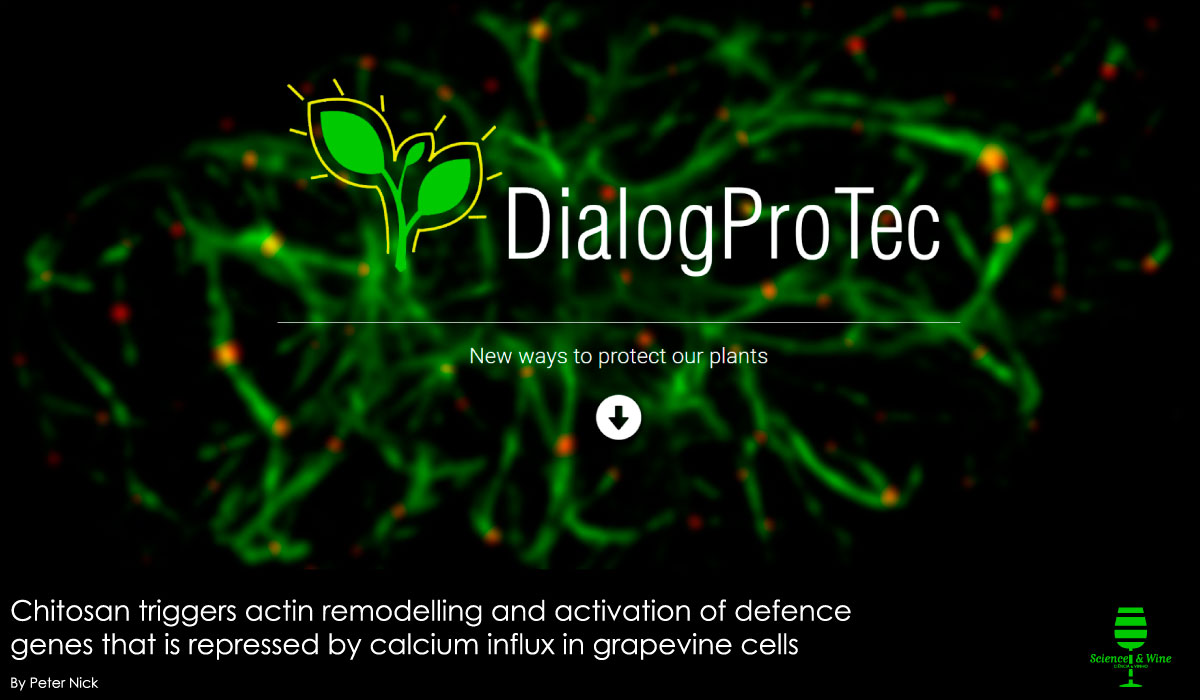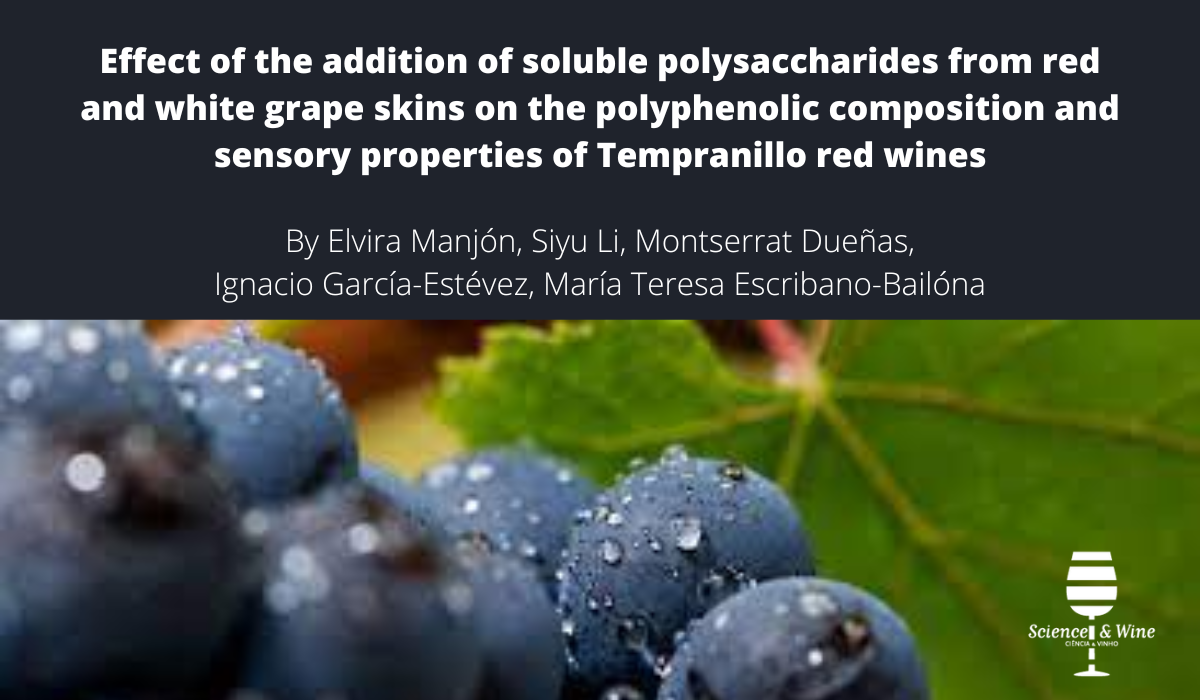While the science of nanotechnology is indicated to offer improvements to conventional vineyard inputs and operations, its acceptability by potential users and consumers has an impact on the governance of nano-enabled agriculture. This governance takes place not just at the state level through regulation and policy, but also through corporate, and community sectors’ use of branding and narratives about nanotechnology and nano-based agrichemicals, and the (non)consumption of nano-enabled products. This post reports the results of a paper which investigated the technical and market acceptability, or governance, of nanotechnology by elucidating the attitudes of industry gatekeepers towards wines grown with nanotechnology. This necessarily informs the ‘market permissibility’ of such technologies and illuminates sensitivities, concerns, and consumer-based barriers to adoption.

Winemaking needs more science knowledge
Carbonic maceration (CM) consists in placing intact grape bunches into a sealed tank to have a natural or artificially created carbon dioxide atmosphere. No articles have been published on the comparison between CM and nitrogen maceration (NM). Therefore, the present study aimed at testing the use of alternative maceration technique (NM) in alternative to CM, to create the conditions of anoxia on the Gamay variety.

Agrobiodiversity dynamics in a French wine-growing region
Agrobiodiversity is a promising nature-based solution in the pursuit of sustainable agriculture. In wine-growing systems, commercial pressure and varietal regulations have narrowed agrobiodiversity in vineyards despite higher diversity being an important buffer against the effects of climate change. If drivers of grape diversity change are well-understood at national to global scales, little is known about the local, past or anticipated trajectories that drive agrobiodiversity dynamics depending on growers’ cultural values, practices and choices. We combined quantitative agricultural census data and qualitative ethnographic approaches to characterise changes in the diversity of grape varieties from 1960 to 2020 at the communal and vineyard levels in a French wine-growing region, and to decipher the drivers of change

Grapevine association mapping: a genetic approach with successful findings
Thanks to current advances in sequencing technologies, novel bioinformatics tools, and efficient modeling solutions, association mapping has become a widely accepted approach to unravel the link between genotype and phenotype diversity in numerous crops. In grapevine, this strategy has been used in the last decades to understand the genetic basis of traits of agronomic interest (fruit quality, crop yield, biotic and abiotic resistance), of special relevance nowadays to improve crop resilience to cope with future climate scenarios. This post summarizes current applications of association mapping in grapevine research and discusses future prospects in view of current viticulture challenges.

Chitosan triggers actin remodelling and activation of defence genes that is repressed by calcium influx in grapevine cells
Fungal diseases of grapevine pose great challenges for global viticulture and require massive plant protection measures. Plant cells are able to sense chitin, a central component of fungal cell walls and respond by activation of basal defence. In this study the authors mapped early defence responses evoked by chitosan, a chitin fragment able to bind to chitin receptors. They found an activation of calcium influx, monitored by extracellular alkalinisation due to a co-transport of protons, remodelling of actin (but not of microtubules), and the activation of transcripts for phytoalexin synthesis, jasmonate-signalling, salicylate signalling, and chitinase. Interestingly, Gadolinium, an inhibitor of calcium influx, can inhibit extracellular alkalinisation in response to chitosan, while the induction of the phytoalexin synthesis transcripts was specifically promoted. In contrast, both DMSO and benzyl alcohol, compounds known to modulate membrane fluidity, partially inhibited the transcript responses to chitosan.

Xylem anatomy and hydraulic traits in Vitis grafted cuttings in view of their impact on the young grapevine decline
Grapevine grafting is an essential practice in viticulture and over the years, various bench grafting techniques have been developed to mechanize the nursery process and to increase the yield in number of viable cuttings. Bench grafting is a fundamental nursery practice that can potentially affect the quality of propagation material also in young decline associated to grapevine trunk diseases and has been recently reported to influence leaf symptoms development associated with diseases of Esca complex. The study aimed to investigate how three bench grafting methods can influence these phenomena.

Effect of the addition of soluble polysaccharides from red and white grape skins on the polyphenolic composition and sensory properties of Tempranillo red wines
This post summarizes the results of a study in which soluble polysaccharides from white and red grape skins were obtained to be evaluated as potential modulators of the unbalanced astringency of a Tempranillo red wine. The modulation of astringency was evaluated by a sensory panel, and it seemed to be related to the changes in the polyphenolic profile.

A geospatial inventory of regulatory information for wine protected designations of origin in Europe
The Wine Protected Designation of Origin (PDO) label is a European quality scheme that protects high quality wines by linking them to legally defined geographic areas and a set of specific production practices. Because of the tight relation between PDO wines and the specifications defined in the official regulatory documents, these products are highly susceptible to changes in climatic, environmental, or socioeconomic conditions. However, the content of these regulatory documents has never been systematically analysed and summarized in a single dataset. Here, we present the first geospatial inventory that organizes regulatory information about the 1177 wine PDO in Europe based on the documents from the official EU geographical indication register.

Suitability of Vitis vinifera cv. Carignan versus cv. Tempranillo, in Rioja DOC (Spain), under different weather conditions and projected climate change scenarios
There is growing concern about the effects that a climate change may have on grape production and quality. This has led to studies carried out in different wine-growing areas of the world in which a trend of advance of phenology and harvest has been seen. However, the degree of change may not be the same in all areas and for all varieties. Given the projected climate change scenarios that involve changes in temperatures and in precipitation, it is necessary to deepen the knowledge of the response of different varieties to these changes and identify those varieties that may be more resilient, in addition to adopting other measures that can help mitigate the effects of warming.

3rd World Science & Wine: Sustainability of wine production and food systems in the Mediterranean region
As promised, we will maintain the organization of the World Congress every two years. The 3rd World Science & Wine Congress will be from 14 to 16 June 2023 in Vila Nova De Gaia and the Douro region. The topic for this scientific meeting here will be “Sustainability of wine production and food systems in the Mediterranean region”.

